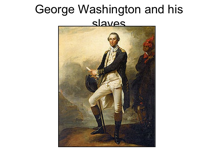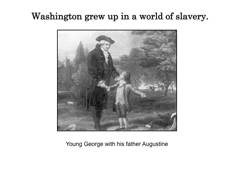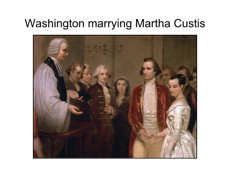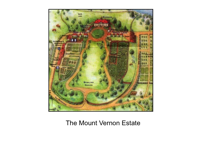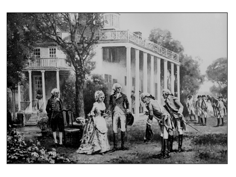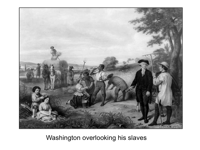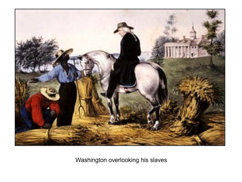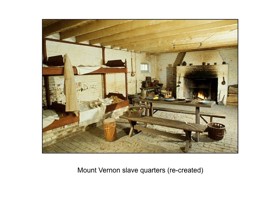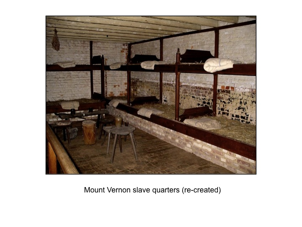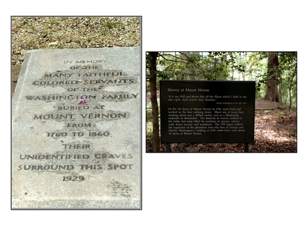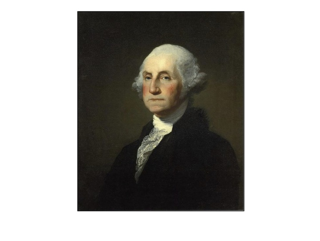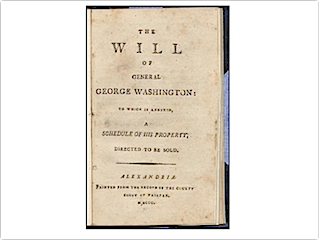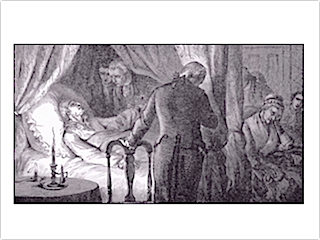LESSON 1: Hypothesizing Washington’s Motives
Developed by Jason Boe, New York Mills, Minnesota
Concept /Topic To Teach:
·
Washington’s motivation to free his slaves upon his
death
Standards/objectives addressed:
Minnesota Academic Standards
The student will understand how European
exploration and colonization resulted in cultural and ecological interactions
among previously unconnected peoples.
The
student will understand the economic development of the English colonies in
North America and the exploitation of enslaved Africans.
The student will demonstrate
knowledge of the causes, course, and consequences of the American Revolution.
National Council for Social Studies
II. Time, Continuity, and Change
a.
Students will systematically employ processes of critical historical inquiry to
reconstruct and reinterpret the past, such as using a variety of sources and
checking their credibility, validating and weighing evidence for claims, and
searching for causality.
V. Individuals, Groups, and
Institutions
a.
Students will apply concepts such as role, status, and social class in
describing the connections and interactions of individuals, groups, and
institutions in society.
b.
Students will analyze group and institutional influences on people, events, and
elements of culture in both historical and contemporary settings.
General Goal(s):
ü The student will better understand
Washington’s background with slavery and the reasons why he decided to free his
slaves.
Required Materials:
·
Scanned hand-out of pages 3 thru 6 from the text: An
Imperfect God: George Washington, His Slaves, and the Creation of America
·
Power
point presentation George Washington and
His Slaves. See below for ppt
slides.
·
Will worksheet and copies of slave owners’ wills
which can be found at: http://www2.vcdh.virginia.edu/teaching/vclassroom/slavewillswkst.html
·
Copy
of George Washington’s last will and testament or which
can be found at:
http://www.pbs.org/georgewashington/milestones/free_slaves_read.html
·
Scanned
article, “How George Washington treated his slaves?” from the May 2001 New
African magazine and the accompanying worksheet
Anticipatory Set (Lead-In):
1.
Ask
students the following question: “Have
you ever had a troubling dream—not really a nightmare—but a dream that deeply
affected you the next day because what occurred during the dream was disturbing
or what you took its meaning as upset you? Explain.”
2.
Lead an open discussion of the topic. Allow students to share if they
wish. Draw them in as you
seemlessly transition into the fact that
George Washington had a dream shortly before his death that troubled him and
shortly after he rewrote his will and made a very AMAZING REQUEST!
3.
Plan for the anticipatory set to
take 10 minutes.
Step-By-Step Procedures:
1.
Read
pages 3 thru 6 from the text: An Imperfect God: George Washington, His
Slaves, and the Creation of America.
The section is from the introductory chapter of the book which is titled
The General’s Dream. The reading vividly recounts the
troubled dream Washington shortly had before his death. In the wake of the
dream, he re-writes his will in which he makes it clear that he wants all of
his slaves freed upon his death.
2.
Show the power point presentation George Washington and His Slaves. Info for presentation was found at the
following web site: http://www.mountvernon.org/learn/meet_george/index.cfm/ss/101/
3.
After reading pose the following questions on the
board for students:
a.
Why
would a man who owned slaves most of his adult life, who never took a public
stand against slavery, and who worked his slaves just as hard as any other
Virginian farmer specifically demand that all of his slaves be freed upon his
death?! Why did George Washington
do this? Why would any slave owner do this?
4.
Give
students time to think about the above question. They may speculate on possible answers, but make it clear to
them that this is a question they should look at throughout the activity. Why
did slave owners—most namely George Washington—free his slaves? Let’s look at some other slave owner’s
first?
5. Pass out the student worksheet
that can be found at: http://www2.vcdh.virginia.edu/teaching/vclassroom/slavewillswkst.html
. This student worksheet is an
internet investigation regarding the wills of various slave owners and how they
handled their slaves upon their death.
Links can be found on the worksheet. Decide on the best way of setting this activity for your
class is (computer lab? groups? print-outs?, etc.). You may choose to have students read one will instead of all
four, assigning each will to part of the class. It may speed up the class time and provide better dialogue.
6. When students are done? Go over worksheet with the class. You may ask other follow-up questions,
such as:
a. Did anything in the wills change
the way you thought about slavery?
b. Besides the issue of slavery, did
you learn anything else about the United States.
7. Now hand out a copy of George
Washington’s last will and testament or show student’s the following site:
http://www.pbs.org/georgewashington/milestones/free_slaves_read.html. Students need not read the entire will only the section
relating to his slaves. Have them
add George Washington to their worksheet (wills worksheet). Answer the same questions regarding
George Washington’s will as they did with the previous four wills. Discuss when completed.
a. Ask follow-up questions where it
is appropriate.
b. Make note that George Washington
not only freed his slaves, he also established a fund to provide financial
support to the former slaves in their old age!
Closure (Reflect Anticipatory
Set):
8.
Now
pass out the article, “How George Washington treated his slaves?” from the May
2001 New African magazine and the accompanying worksheet with questions
relating to the article. Article will discuss
Washington’s feelings about slavery in detail and give some reasons on why he
freed his slaves after his death.
It is a wonderful way to end the lesson. Add follow-up questions where need be.
Assessment Based On Objectives:
ü Assessment
will be based on student’s work on the “Will” worksheet and the “How George Washington treated his
slaves?” worksheet. As well, an
instructor should assess how well the student participates in class discussion.
Adaptations (For Students With
Learning Disabilities):
ü All
questions on worksheets can be modified and/or simplified. Readings can be condensed.
Extensions (For Gifted
Students):
ü Write a one-act play that takes place
in the slave quarters of one of Washington’s slaves shortly after everyone has
found out about the death of Washington. Have the slaves discuss what they
think might happen to them. It is
up to the student on whether or not their characters are aware of Washington’s
wishes that were laid out in his will.
ü Research one of Washington’s
slaves and create a mini-documentary of the slave using Windows
MovieMaker. A bibliography with
annotations is a must.
